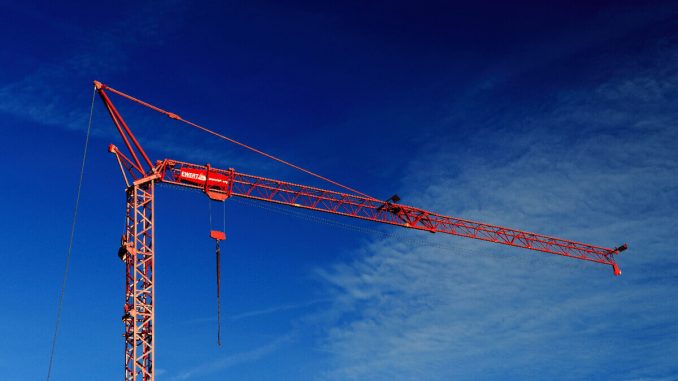
When you gaze up at the skyline, you may be mesmerized by the sight of towering cranes that appear to defy gravity. These remarkable machines play a vital role in the construction industry, enabling the creation of awe-inspiring structures. Have you ever wondered how these gigantic constructions built? We will delve into the intriguing realm of crane construction in this post, providing a complete tutorial on how cranes are built from the ground up.
Foundation and Base
Cranes, like any tall construction, require a solid foundation to ensure stability and safety. The construction process begins with the excavation and preparation of the foundation. A crane foundation usually consists of a concrete pad reinforced with steel. The size of the base varies depending on the type and size of the crane.
Once the foundation is ready, anchor bolts are embedded into the concrete to secure the crane’s base. These bolts serve as attachment points for the tower or mast, providing stability and support. The crane’s base is crucial for withstanding the immense forces and loads it will encounter during operation.
Tower or Mast Erection
The tower or mast is the central vertical structure of a crane that gives it its height. It usually consists of steel components that are assembled on-site. To construct a robust and rigid tower, the individual sections are either welded or bolted together.
A smaller auxiliary crane or a hydraulic climbing system tend to be utilized during tower installation. The auxiliary crane lifts the tower sections into position while workers secure them using bolts and welding. This procedure keeps going until the required height has becomes available. Tower pieces can get changed or withdrawn as needed for the project in some situations.
Jib Assembly
The jib, frequently identified as the horizontal beam, is a crucial crane component. It extends from the top of the tower and carries the load. Jib assembly usually takes place after the tower has been built. The jib is frequently made of steel and comes in bolted or welded parts.
The assembly process involves attaching the jib sections to the top of the tower using pins or bolts. Hydraulic systems tend to be used to lift and precisely place massive jib parts. Once fully assembled, the jib is able to rotate to the ideal operating position.
Installing the Machinery
Cranes rely on powerful machinery to operate effectively. The machinery includes the motor, hoist, winches, and control systems that enable the crane’s movement and lifting capabilities. These components are typically installed at the top of the tower.
Expert craftsmen install the equipment with care, ensuring that all connections are secure and the electrical systems are appropriately adjusted. The hoist and winches are responsible for lifting and lowering heavy loads, while the control systems enable operators to maneuver the crane with precision.
Safety Measures and Testing
Strict safety measures and testing procedures are implemented when the crane has been entirely constructed. This includes load testing, where the crane is subjected to simulated loads to ensure its structural integrity and operational safety. Only after passing these tests can the crane be certified for use.
Conclusion
The construction of cranes involves a meticulous process that requires skilled workers, specialized equipment, and a focus on safety. From the foundation to the installation of the machinery, each step is crucial to ensure the crane’s stability and functionality. The next time you spot a towering crane on a construction site, you can appreciate the engineering marvel that goes into its construction.


Leave a Reply